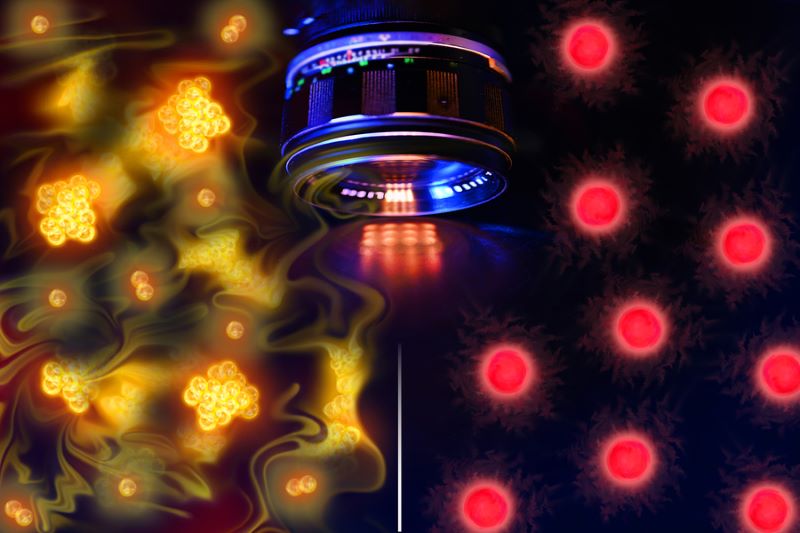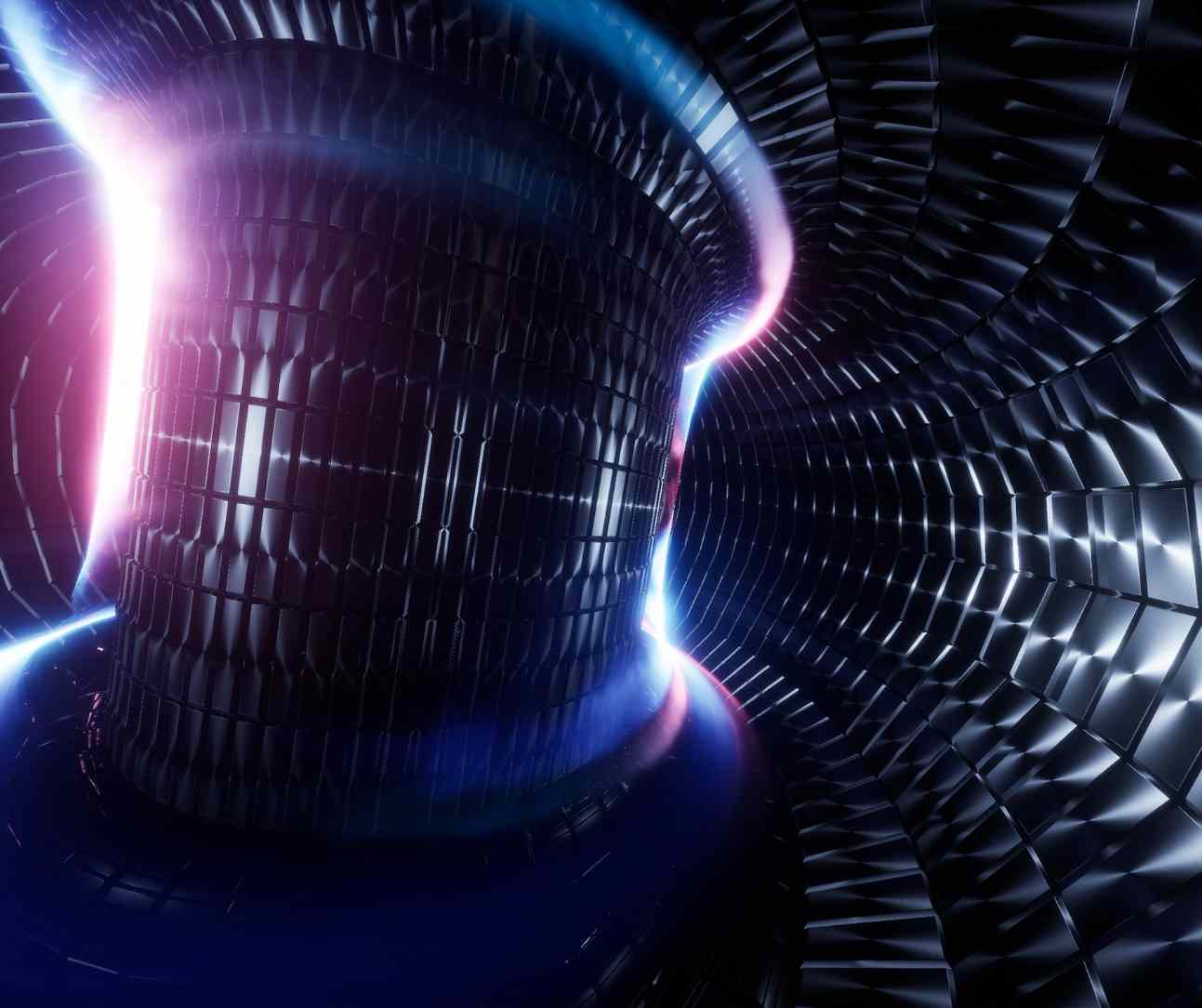In a groundbreaking achievement, MIT physicists have successfully captured the first images of atoms moving freely in space, without being confined by solid materials or laser traps. This scientific milestone opens up new possibilities for understanding how atoms behave in their most natural state.
Why are Images of Free-Range Atoms Revolutionary?
For decades, physicists have been able to trap and observe atoms using laser-based techniques or within solid materials. However, those methods also limited the atoms’ natural movement. Now, thanks to advanced imaging technology and a powerful X-ray laser, MIT researchers have taken high-resolution snapshots of atoms as they float freely, offering a completely new perspective.
This achievement was made possible by using a device called the Linac Coherent Light Source (LCLS) at Stanford. The team created a beam of neon atoms and blasted them with ultra-fast X-ray pulses. As a result, they were able to capture images of the atoms before the light destroyed them. This means literally freezing time for a billionth of a second.
What This Means for Science and Technology
These first-of-their-kind images are more than just beautiful visuals. They help scientists understand the behavior of atoms in states that were previously impossible to observe. This could impact future studies in quantum physics, chemistry, and even materials science.
Furthermore, the images of free-range atoms confirm theories about the structure and motion of isolated atoms.
For example, scientists can now study atomic orbitals, the regions where electrons are likely to be found, in greater detail. Over time, this new method might allow researchers to watch how chemical reactions happen at the atomic level in real time.
Thanks to this breakthrough, scientists can now explore a previously hidden world. As technology improves, we may soon witness even more detailed images of individual atoms and molecules as they change, react, or bond.
The ability to see free-range atoms in such clarity is a major step forward in atomic physics. And while it’s just the beginning, this discovery paves the way for deeper insight into the fundamental building blocks of the universe.
Stay tuned—because in the world of physics, things just got a whole lot clearer.
Photo credit: MIT
More news about science on TechanDevices.com.








